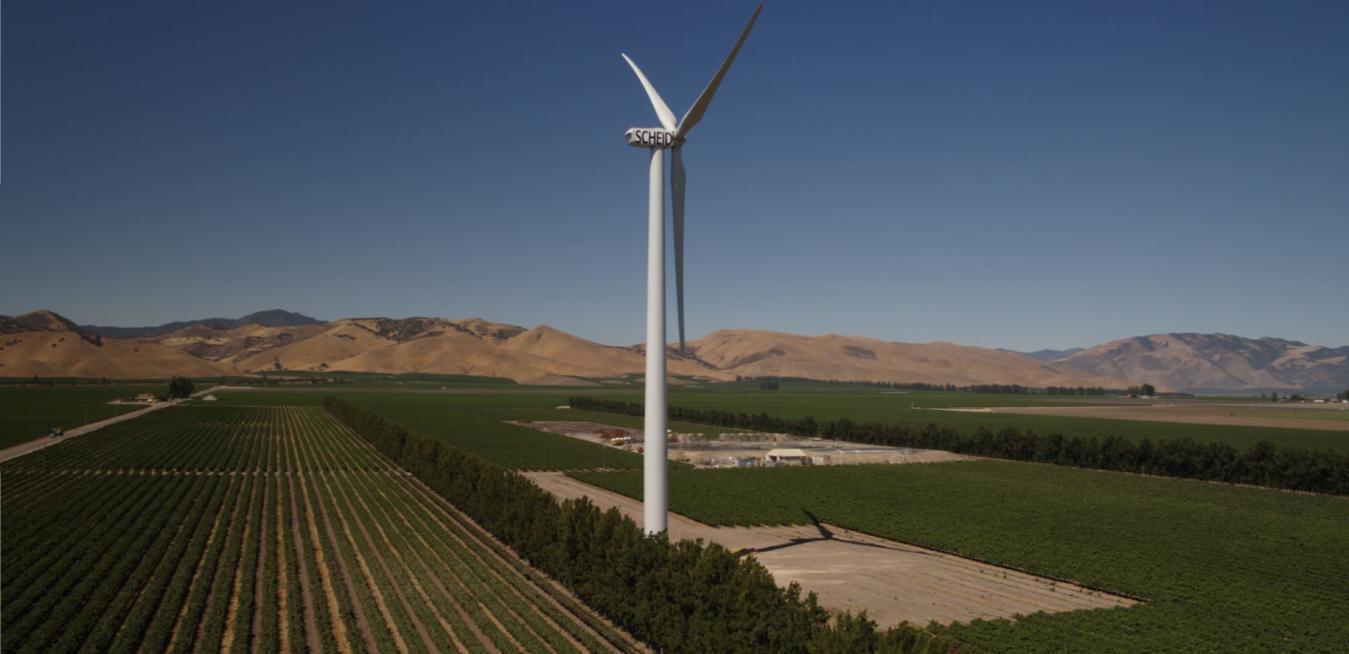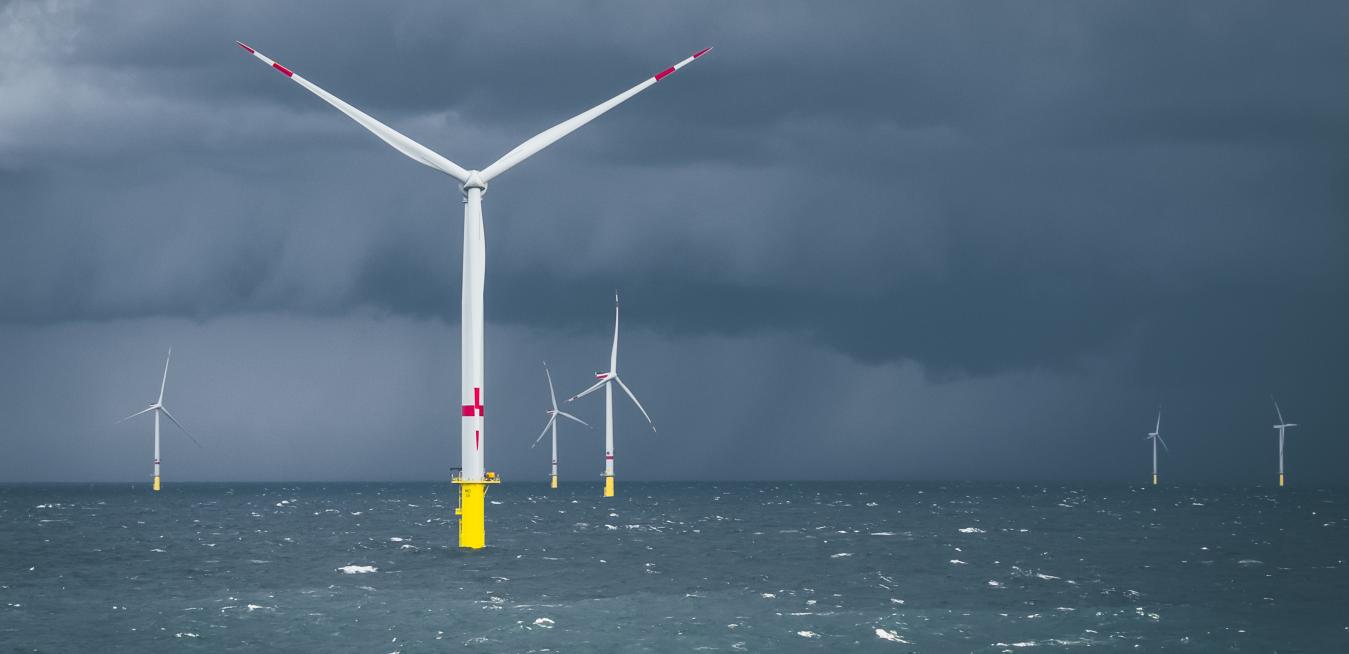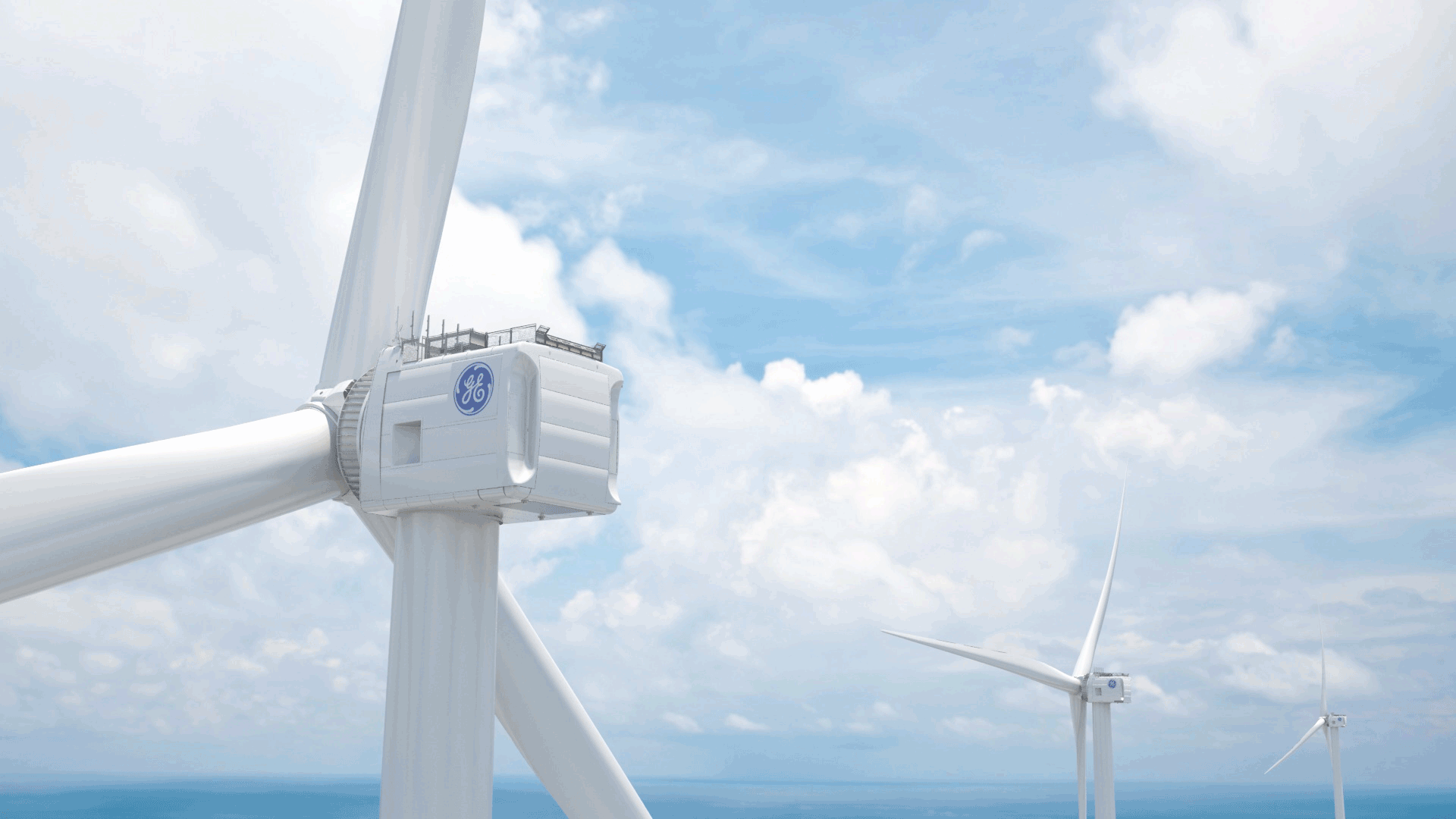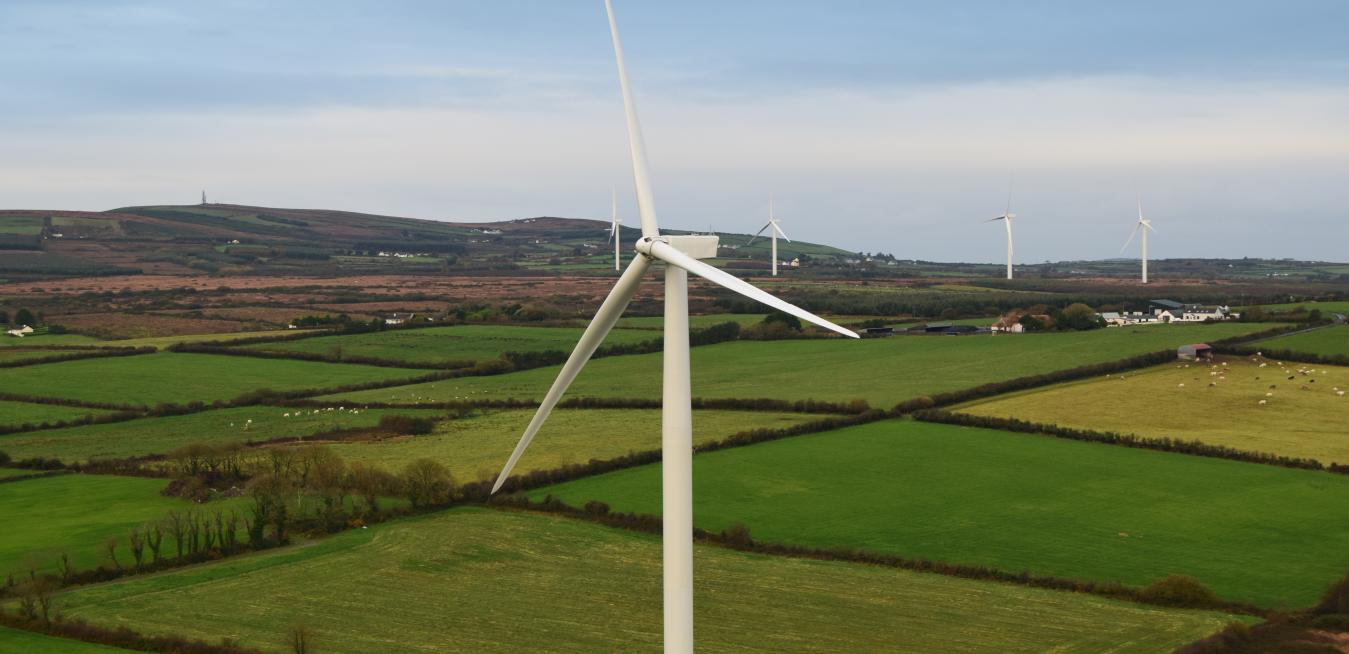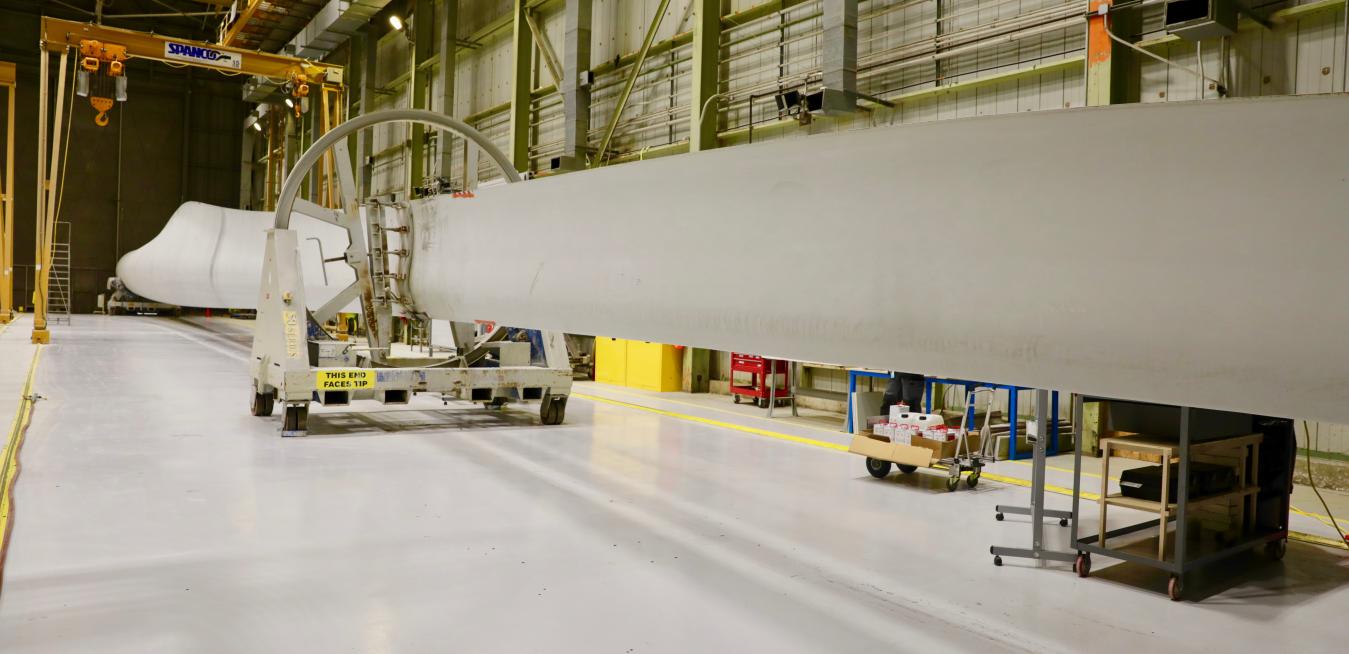For the last two summers, Claire Stortstrom and Kristen Hanrahan have set up shop for a day in an empty office in downtown New Orleans. The two young GE engineers arrived laden with stacks of sticks, paper, cardboard and glue, and trailed by a throng of 60 middle-school girls eager to learn about their job: building and testing the blades for some of the largest wind turbines on the planet.
The Scheid family has been farming grapes in the lush agricultural region of California’s Salinas Valley for almost half a century. They own 12 estate vineyards on a 70-mile stretch just miles from the ocean. Every year, they harvest enough pinot noir, chardonnay and other varieties from their 4,000 acres to fill more than a million cases, wines that find a home on the shelves of national retailers like Kroger and Whole Foods, as well as a multitude of restaurants.
Operating a massive power grid is a bit like riding a bike, says the Swiss national grid operator Swissgrid. It’s easiest if you’re on a level surface, but things get trickier going uphill or downhill — or, in the case of the grid, when there are fluctuations in supply and demand that require power plant operators to either spin their turbines faster or ease off the throttle.
Germany’s huge new offshore wind farm Merkur is an awesome sight in its own right. But it’s also a great illustration of why GE’s decision to combine its Renewable Energy business with its Grid Solutions unit, announced today, makes a lot of sense.
Rotterdam’s famous windmills, cube houses, and tulip gardens will soon have to compete for attention with a towering newcomer. GE announced plans this week to erect a prototype of the world’s largest wind turbine, the Haliade-X, on the city’s outskirts. The turbine has a rotor that measures 220 meters in diameter — twice the length of a football field — and stretches 260 meters from its base to blade tips. That’s nearly three times the height of New York’s Statue of Liberty, measured from the ground to the tip of the torch.
You won’t find the village of Borampalli in any major guidebook. Located in an arid corner of Andhra Pradesh, a state in the southeast of India, the place is little more than a cluster of homes ringed by stony fields and steep rocky ridges that protrude from the ground like the bony plates on the back of a stegosaurus.






